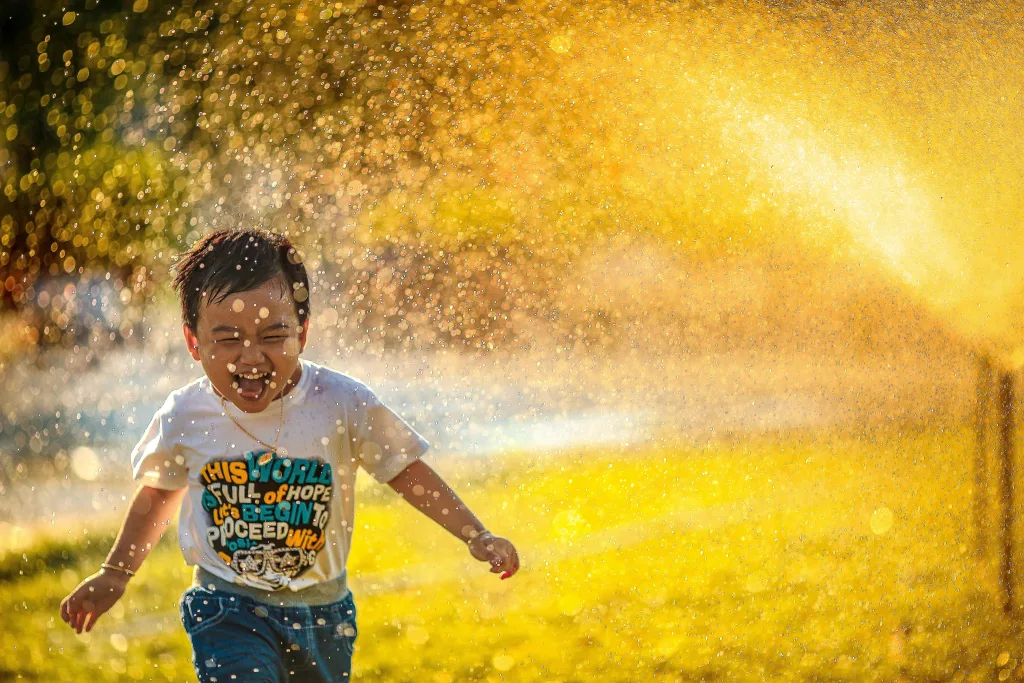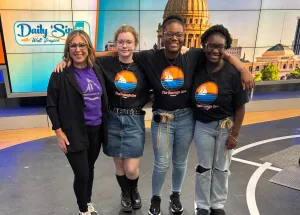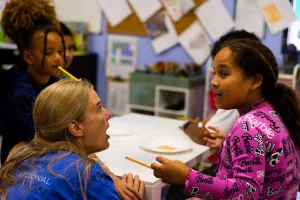I didn’t start Kipe Academy because I wanted to run a school. I started it because I couldn’t watch one more child—and one more teacher—lose their spark.
After 11 years in public education, I knew something had to change. The system was burning out the very people it needed most: curious kids and passionate educators.
I had seen too many brilliant students mislabeled, too many teachers silenced, and too many families searching for an option they didn’t even realize existed. A few former teachers in our county had already launched incredible programs—small, innovative schools that were changing lives. But those programs were in high demand with no open seats, and the idea of school choice was still unfamiliar to many families. I wasn’t the first to imagine a different way, but I saw a growing need and decided to be part of the solution.
Kipe Academy began as a vision for a learning space where children could be seen, heard, and celebrated. A place where their interests would shape their learning journey, where families were partners, and where data would be used to support growth—not punish progress. We started with one student in January 2024. Today, we’re expanding to two full-time classrooms, offering weekend workshops, tutoring, and a thriving community grounded in trust, joy, and curiosity.
Our model is different by design. Kids aren’t sitting bell-to-bell, doing work dictated by adults. They have time to play. They learn how to regulate their emotions. They grow into independent thinkers who advocate for their needs. They have a voice in what they learn—and real choices in how they learn it.
We integrate themed, project-based units like forensic science, volcanoes, and basketball, all tied to real-world skills and student passions. Our staff track academic data to monitor progress, but we also value something just as important: confidence, creativity, emotional intelligence, and self-awareness.
The ripple effect has been extraordinary. Families who once felt powerless are now empowered. Students who dreaded school are now thriving. Teachers, including myself, are reimagining what education can look like when freedom and flexibility are baked in from the start.
This isn’t just about Kipe Academy. It’s about a movement.
Microschools are proof that we don’t have to choose between academic excellence and emotional well-being. We can have both—and more. We can create spaces where children light up, where teachers are innovators, and where education finally fits the child instead of forcing the child to fit the system.
If I’ve learned anything on this journey, it’s this: education doesn’t need to be fixed from the top down. It needs to be rebuilt from the inside out—by those of us who’ve seen the cracks and dared to dream anyway.
From Inspiration to Action: Tips for Families and Founders
As more families and educators begin exploring microschools, here are a few takeaways from my journey:
For Families Searching for New Learning Environments:
- Know your child. Identify what lights them up and what holds them back. Look for environments that honor both.
- Visit and observe. Step into the space if you can. Pay attention to how kids and teachers interact, and trust your instincts.
- Ask about the mission. Every learning space is built around a vision. Choose one that resonates with your family’s values.
For Founders Building New Learning Environments:
- Start with your “why.” A clear mission will guide your decisions and connect you with the right families.
- Focus on relationships first. Strong partnerships with families and students matter more than polished programs.
- Begin simply. You don’t need every system or resource in place on day one. What matters is creating a safe, joyful, and purposeful community.
Want to see how this vision plays out in real life? In the book Education Unleashed, you’ll find my full chapter on how Kipe Academy personalizes education. The book is available on Amazon.





